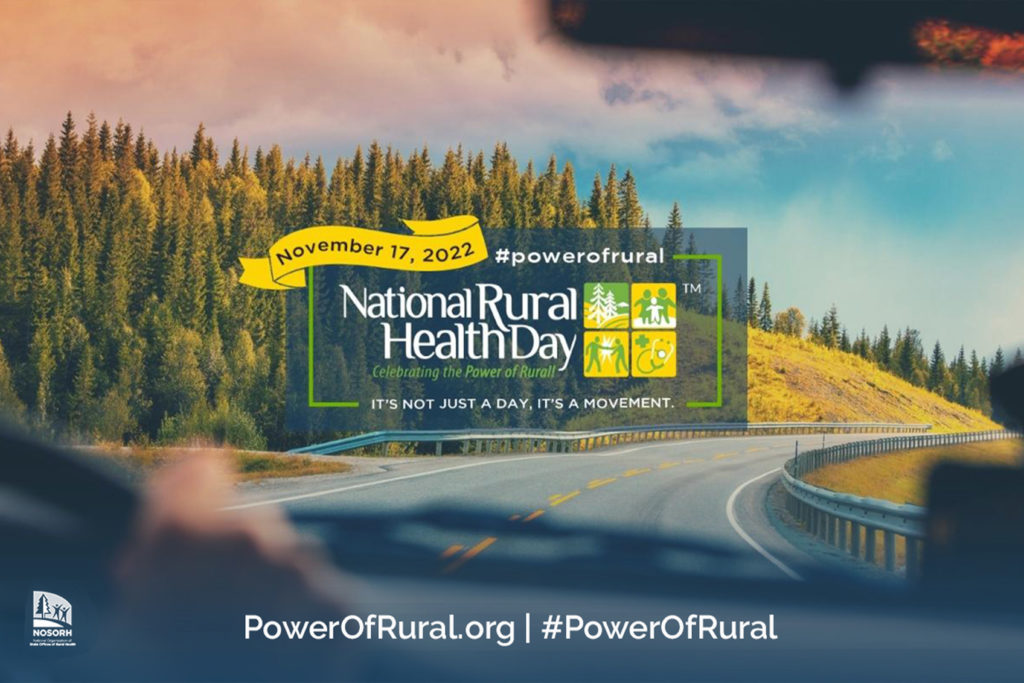Measles cases are on the rise, and although numbers in the US are small right now, there is cause for concern. Measles is one the most contagious human viruses, with a 90% chance of someone who is not immune getting infected if they are near someone with measles.
Community
2023 Community Health Improvement Week
Dr. Martin and Robin Read share how their organizations are working together to make a healthier future for our county. This year, Community Health Improvement Week runs June 12 – […]
Social Media & Teens
Parents of teens know that this is a tough time for their kids, and many experts point to smartphones and social media as contributing to the worsening mental health of young people. Recent research has shown that social media is not just related to depression, anxiety, and loneliness, but can cause these issues.
RSV and Other Respiratory Viruses
From the Washington State Department of Health Pediatric hospitals and clinics across Washington are in crisis as rising case rates of Respiratory Syncytial Virus (RSV), flu and COVID-19 cause overcrowding […]
National Rural Health Day
The National Organization of State Offices of Rural Health sets aside the third Thursday of every November to celebrate National Rural Health Day. National Rural Health Day (NRHD) is an […]
Parent Advice / Back to School
As summer winds down, parents and children are well aware of the approach of the new school year. Some kids are very excited about learning and seeing their teachers and friends again, while others have more reservations.
Update: Talking to Your Child about Traumatic Events
Parents also wonder if they should discuss traumatic events such as this with their children, what they should say and how to best reassure their child. Contributor Dr. Elise Herman
Nature & Children
So what does outside nature time look like? It could be exploring the backyard or park, hiking, gardening, riding bikes, or just sitting under a tree daydreaming. Unstructured time, without a specific plan, encourages a child to get creative and be independent.
Reach Out and Read
The pandemic has affected so many things for our children, including their education. Despite incredible efforts by devoted teachers and school staff, progress in reading has suffered significantly, with many more students at risk of not learning to read than prior to the pandemic. Kids who do not learn to read in elementary school are at greater risk of dropping out, earning less, and getting in trouble with the law.







